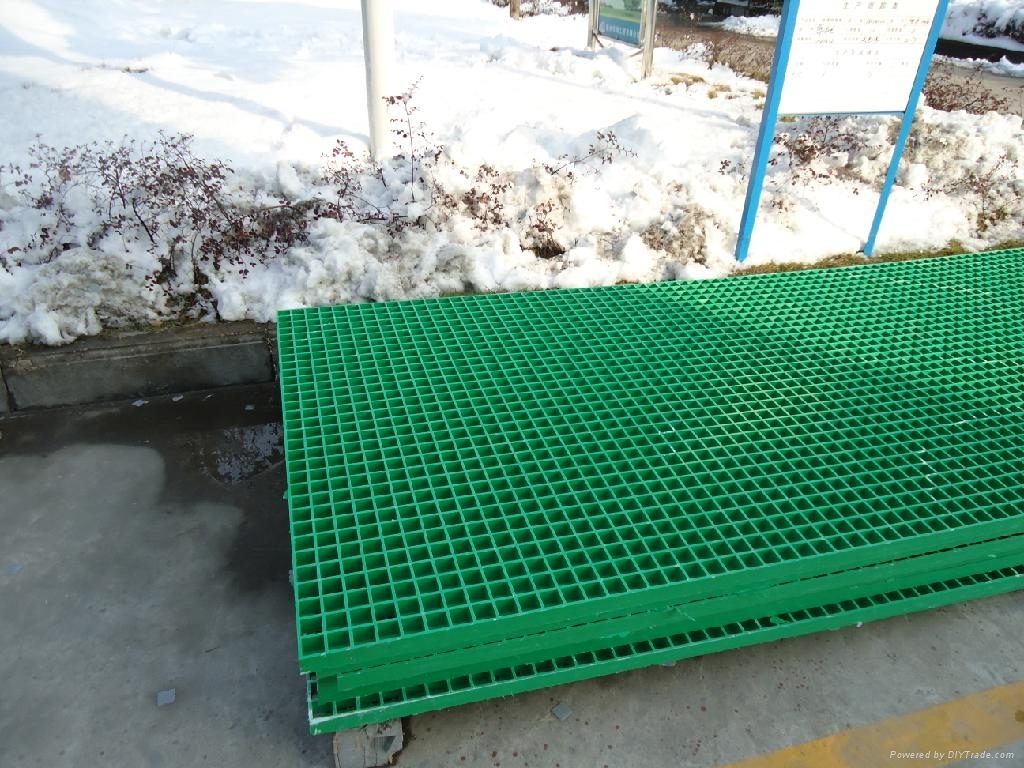Composite materials are artificially designed substances that are made by processing different elements under designated conditions such that their molecules acquire the desired structural arrangements. Of all the composite materials used by manufacturing industries, Fiber Reinforced Plastics (FRP) are the most commonly used element, since they offer a variety of features. Resistance towards electricity and/or heat, high ductility, extended active life, and physical strength are just a few benefits that make FRP goods a popular choice amongst industrialists and the general public.Fiberglass Reinforced Plastic Grating is a form of FRP material that is made by arranging individual FRP threads into a mesh-like structure. Gratings are a lightweight and cost-effective variant of FRP goods that can be used to perform a variety of applications, including structural support and transportation. However, for better performance, FRP grating is available in two different types – FRP molded gratings and FRP pultruded gratings. The specific features of each of these types can be listed as follows:
- FRP Pultruded Gratings
They are an enhanced form of gratings that are formed of simultaneous glass strands suspended between the resin and protected under a hard surface veil. The surface layer is additionally imposed to protect glass fibers and allow the resin to penetrate the latter evenly across all area. Owing to its specific structural features, pultruded gratings demonstrate high physiochemical properties.
a) Corrosion Resistance
The smooth and sealed surface of pultruded gratings gives them exceptional endurance towards chemically reactive or atmospheric agents.
b) Increased Load Strength
Compared to its primitive counterpart, FRP pultruded profiles exhibit better load strength, which directly comes from the unidirectional crossbar and epoxy arrangement. However, the self-same feature reduces its application to large-scale machines or industries only.
- FRP Molded Gratings
Even though, FRP molded gratings are a simpler form in comparison to pultruded gratings, their features and physical make up allow them to act as a satisfactory alternative to the latter. They are composed of alternate directional layers of glass fibers, each of which is further strengthened by resin fiber layers as well. The absence of a protective surface layer reduces its anti-corrosive properties significantly.
a) Improved Structural Accessibility
Load strength of FRP molded gratings are strengthened by its bidirectional layer arrangement, hence it can easily be remolded or redesigned for forming different equipment.
b) Endurance to Chemicals
Even though molded gratings cannot be used to supplement the functions of a machinery operating in extreme temperature or pressure conditions, it can very well be utilized to isolate chemically reactive elements from one another. Molded gratings demonstrate the highest endurance ever recorded for fiberglass towards chemicals, superseding pultruded gratings as well. This makes them an ideal protective shield material for chemical and nuclear reactors.
c) Easy Manufacturing Process and Prices
Since their structure is simpler and less complex than pultruded gratings, molded gratings can be manufactured in a relatively less industrial space. Furthermore, the ease of production reduces their market price to pocket-friendly standards, thereby making it a universally affordable and usable industrial material.
Fiberglass gratings are actively being adopted in industries all around the world for facilitating day to day tasks. More often than not, they are adopted as instruments for ensuring the safety of workers from reactive liquids, oils or fluids that may be used in industries. However, FRP molded gratings have also proved to be highly useful in setting up bottling lines and providing structural strength to massive establishments in processing plants and public centers. So, it can be imperative to conclude that of the two types of FRP gratings available in the market today, molded gratings indeed stand as a more demanded product.
